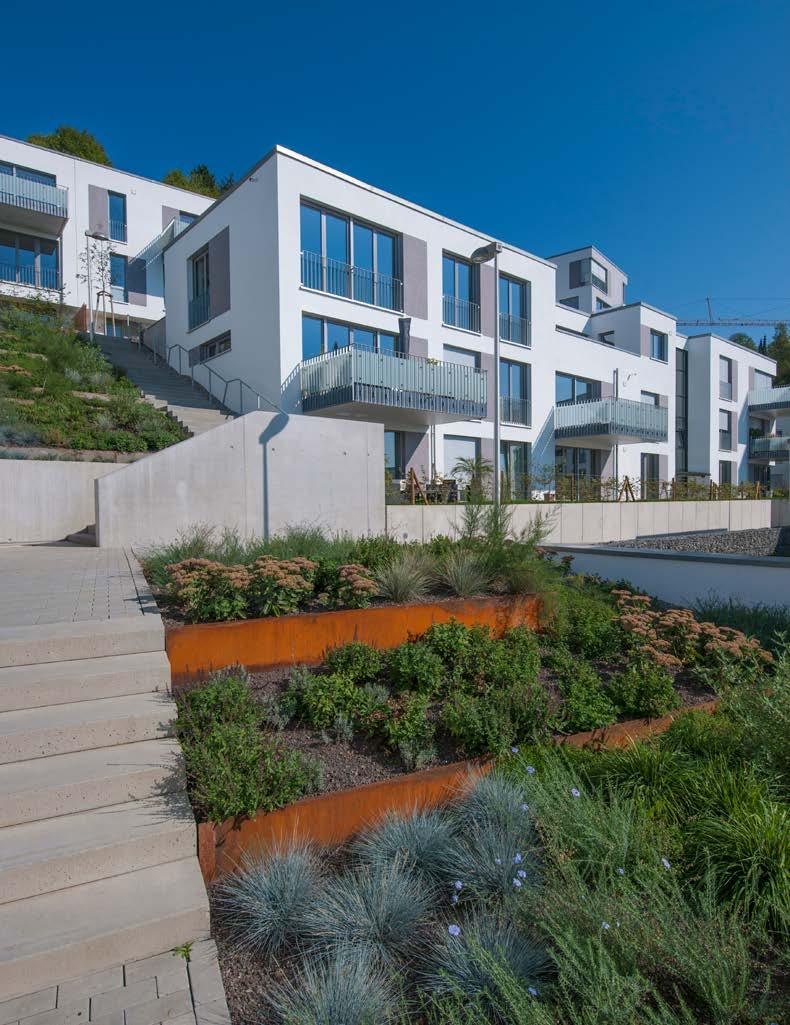
3 minute read
content index
SASB Construction Materials standard, content index
Sustainability Disclosure Topics & Accounting Metrics
Advertisement
Topic
Greenhouse gas emission
Air Quality
Energy Management
Water Management
Waste Management Accounting metric
Gross global Scope 1 emissions, percentage covered under emissions-limiting regulations Discussion of long-term and short-term strategy or plan to manage Scope 1 emissions, emissions reduction targets, and an analysis of performance against those targets Quantitative Discussion and analysis Metric tons (t) CO2-e, Percentage (%) EM-CM-110a.1 EM-CM-110a.2 Data table Acquired factories during 2021 excluded. Comparison figures have been adjusted. Scope I is updated to include emissions from NOx and SOx which was only partly included in the original figures. Scope II has been updated to reflect activity-based efficiency factors..
Air emissions of the following pollutants: (1) NOx (excluding N2O), (2) SOx, (3) particulate matter (PM10), (4) dioxins/furans, (5) volatile organic compounds (VOCs), (6) polycyclic aromatic hydrocarbons (PAHs), and (7) heavy metals Quantitative Metric tons (t) EM-CM-120a.1 H+H emits NOx, SOx and PM10 from steam boilers (exhaust fumes). Systems not currently in place to capture data on a consolidated process. A formalised process to document this is expected to be implemented during 2022.
(1) Total energy consumed, (2) percentage grid electricity, (3)percentage alternative, (4) percentage renewable Quantitative Gigajoules (GJ), Percentage (%) EM-CM-130a.1 Data table No alternative energy consumed, besides potential share from the electricity provided by grid. Share of renewable includes renewable from grid. Excluding share from grid ‘percentage renewable’ would be zero.
(1) Total fresh water withdrawn, (2) percentage recycled, (3) percentage in regions with High or Extremely High
Baseline Water Stress Quantitative Thousand cubic meters (m3), Percentage (%) EM-CM-140a.1 Data table System improved to capture data regional level for high or extremely high-water stress has been implemented. Comparison figures adjusted accordingly.
Amount of waste generated, percentage hazardous, percentage recycled Quantitative Metric tons (t), Percentage (%) EM-CM-150a.1 Data table Non-conformative output from the production process can as a rule of thumb always be reused in production. Hence, only limited waste is created. Systems to capture historical volumes since 2019 implemented, hence 2019 numbers adjusted. For waste handled by a service provider the waste to landfill is estimated. There is no hazardous waste.
Category Unit of measure Code Page reference or disclosure Comment
Topic
Biodiversity Impacts
Workforce Health & Safety
Product innovation
Pricing integrity & transparency Accounting metric
Description of environmental management policies and practices for active sites Terrestrial acreage disturbed, percentage of impacted area restored Discussion and analysis
Quantitative n/a
Acres (ac), Percentage (%) EM-CM-160a.1
EM-CM-160a.2 P. 19
Data table
(1) Total recordable incident rate (TRIR) and (2) near miss frequency rate (NMFR) for (a) full-time employees and (b) contract employees
Number of reported cases of silicosis Quantitative Quantitative Rate Number EM-CM-320a.1
EM-CM-320a.2 Data table
Data table Systems not currently designed on employee and contractor level, so aggregated number is provided. All reported numbers are measured per million hours produced. Registration follows Anglo-Saxon practice.
Percentage of products that qualify for credits in sustainable building design and construction certifications
Category Unit of measure Code
Quantitative Percentage (%) by annual sales revenue
EM-CM-410a.1
Total addressable market and share of market for products that reduce energy, water, and/or material impacts during usage and/or production
Total amount of monetary losses as a result of legal proceedings associated with cartel activities, price fixing, and anti-trust activities Quantitative
Quantitative Reporting currency, Percentage (%) EM-CM-410a.2
Reporting currency EM-CM-520a.1
Page reference or disclosure Comment
Data table H+H’s products are not specifically certified under any of the frameworks in the standard. Due to the longevity of the product, the thermal properties and predominantly consisting of sand, lime and water, H+H assumes to qualify for credits in most certification processes. Further clarification will follow when H+H’s products will be included in the EU taxonomy definitions.
H+H has estimates of the global markets, but due to large variations in product quality, building methods, access to raw materials, cost of substitute materials etc. it is not possible to verify reliable numbers in this regard.




